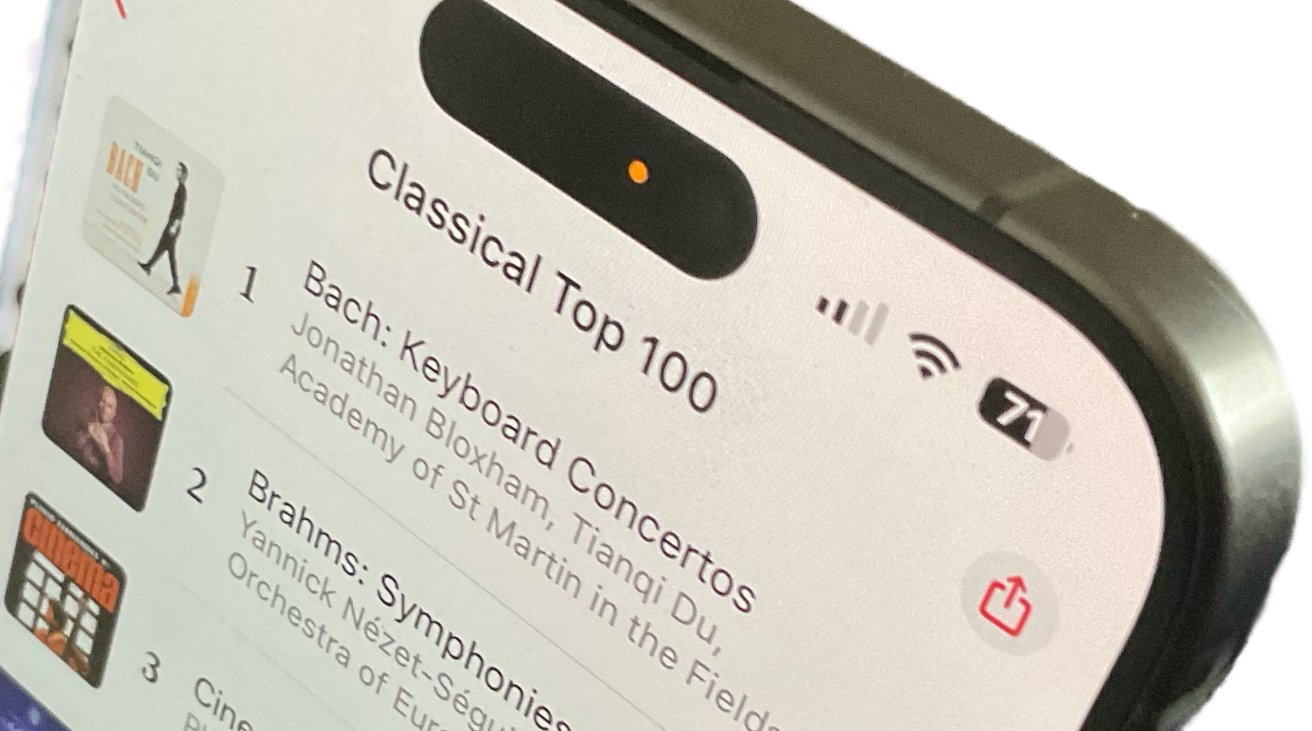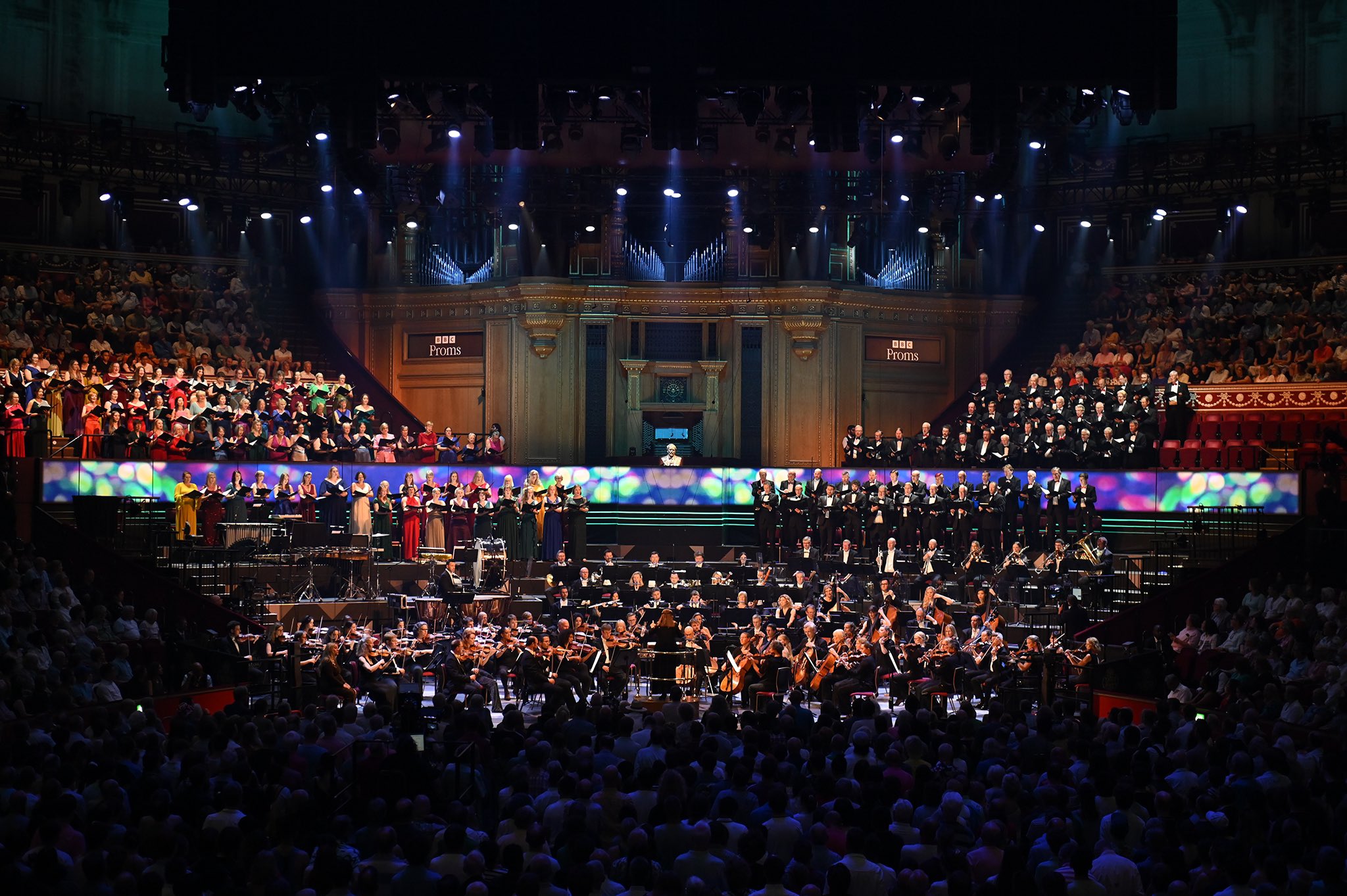The CBSO’s experiments with the concert experience isn’t that big a deal. It’s an attempt at innovation. And they’ve clearly managed expectations.
In November 2023 the CBSO announced some plans to experiment with concert experiences to create a ‘bold new vision for the CBSO’. New CEO Emma Stenning explained: “we are embarking on a journey and we want to hear from you, both in response to this document and the experience you have in our concerts over the coming 18 months.”
It’s an interesting document, one that illustrates a team not only willing to think creatively and beyond the conventions of the time but also honouring some of the calls for industry revolution that rang out during the pandemic when live music was silenced. It’s also a fearless move – necessary today – making a bold statement of intent well aware no doubt that it will ruffle a few feathers.
Some of the experiments are a reflection of a growing trend across the industry. On-stage introductions, pre- and post-concert events, a commitment to clear programme notes, and theatrical lighting to enhance some performances. Nothing especially radical. Nothing to scare the horses.

The CBSO’s invitation to audiences to capture short clips of performances has caused a bit of a rumpus. The horses are scared. In fact some of them are terrified. A bit of noise has been created. On the one side, understandably, some feel that inviting people to whip out their phones and film whatever they want is disrespectful to the artists on stage, shows a complete disregard for the music, and contempt for everyone else around them.
I see their point, to an extent. Concert-going for me at least is something approaching what I imagine church-going is like for those of faith. There is a moment of calm (even on a busy night) at a concert which has a powerful effect on my focus, preparing me to listen more attentively to the anticipated performance. If the houselights are down low, then yes the idea of a phone screen popping up in front of me to capture a moment is annoying. My instinctive reaction in that moment is – simply – ‘put the phone down, why can’t you enjoy the experience in the same way (most of) the rest of us, you’re distracting me, you buffoon’.
Others have pointed out that filming potentially copyrighted material is basically inviting members of the public to break the law (an interesting conundrum). Others see it as a slippery slope to a kind of cultural anarchy where anything goes and existing audiences eventually lose patience and abandon their concert subscription.
I’ve seen a lot of comment for and against. Well, in truth, I think I’ve probably seen a lot of comment against. Hence this post with a different perspective.
Some of my working hours are spent in digital communications and marketing. There is a LOT of talk – a lot of handwringing – about how to connect with a new audience, and specifically a lot of talk about how to tackle perceived elitism in the classical music experience. Professionals are encouraged to come up with innovative ideas that potentially disrupt. The bottom line for somebody like me is often: how do we enthuse about this thing we love in a way that reaches an audience that isn’t already bought into the idea of listening to this music.
It’s rightly a constant challenge because the format of that content has to evolve, firstly because there needs to be a freshness to it to maintain attention in the digital sphere. But it’s also because digital platforms push content based on algorithms. If a social media platform sees content that garners a lot of attention amongst users outside of an account’s social media followers, the account itself will be rewarded with more exposure in the platform’s search or discovery page. The more connections an account makes with non-followers the greater the reach. More reach means more awareness. More awareness means (potentially) more ticket sales. More ticket sales means more revenue. Yay, etc.
Arguably if an organisation is gearing its strategy around maximising opportunities that exploit the algorithms of a social media platform then that is evidence of a marketing and communications team understanding what digital platforms ‘demand’ and coming up with a nifty idea accordingly. If you don’t understand that then its not your area of specialism. It is a sign of progressive thinking here that CBSO are backing people who understand digital even if you don’t at first like what they’re asking new visitors to do.
Accommodate the target audience’s interests
There is an old adage which remains true in digital content: go to where the audience is and join their conversation. It remains as true today as it did twenty years ago in the digital space. The people you’re looking to connect with have their own visual language and their own conventions. To make them feel included (and by extension make you seem relevant to them) you need to ‘meet’ them on their own terms. In content terms that means ‘stretching’ to include them (as far as you possibly can) by conveying your message in formats they understand. That might even extend to inviting them to create content for their platforms about your product, which by extension might mean permitting them to short clips which form part of a 15-second Tik Tok or Instagram video. In doing so, you’re leveraging an army of content creators to document their experience at a venue (which might include shots of a performance to give a flavour of what’s inside).
This is a risk, of course. Simply giving people permission to do things doesn’t necessarily translate into them actually taking action.
Back when the Orchestra of the Age of Enlightenment embarked on a similar strategy with their ground-breaking Night Shift concerts, the invitation from the stage for audience members to get up from their seats whenever they liked to get a drink didn’t necessarily translate. It felt as though the instruction made the audience do the complete opposite. Similarly with filming and talking to their neighbours about the music they were listening to at the time. Invite people to do things and they’ll nearly always not do it.
Criticism only reinforces the need for change
I’m not entirely convinced that simply permitting people to filming short clips will actually result in the kind of sea of mobile phones popping up at a concert of the kind you see at pop and rock gigs. Why? Because that audience for whom that automatic behaviour is so instinctive aren’t in the concert hall. Or at least there aren’t that many of them (because auditoriums aren’t at capacity anyway) – that’s precisely the motivation for the experiment in the first place.
The reaction to the CBSO’s experiment has been vociferous. The irony here is that the reaction against it highlights resistance to innovation (a skill that is sought after by nearly every organisation in the commercial sector, one I observed explored in nearly every coaching session I run).
This resistance to change is one of many reasons why people might feel excluded from the concert hall experience. It has certainly made me – a lifelong listener – feel alienated from the very tribe I thought I was a part of.
This reinforces the idea that the core classical music audience is elitist in a similar way as some parts of the classical music press exclude writers because they’re perceived not to be from the ‘acceptable’ background that makes them suitable to comment on music). In bleating about the innovation those who complain are simply reinforcing the need for the innovation in the first place.
Be mindful of everyone’s experience
There is for me one key statement at the end of the ‘New CBSO Welcome’. After inviting people to ‘take photos or short snippets of film (and to share them with us)’ there’s the line ‘be mindful of everyone’s experience’. This then a clear statement of a nuanced approach to documenting your experience – do this stuff but be mindful of others. Put another way, this isn’t a free for all or for the entitled, please be respectful. That puts the onus on the individual. In complaining about people wanting to pursue what they’ve been invited to do by the concert promoter, aren’t those more conservative members of the audience failing to be mindful of everyone’s experiences? Or are we saying that you can only step into ‘our’ auditorium if you play by ‘our’ rules? Yes, I think we are.
From where I’m sitting, that means its going to take a brave individual to capture footage anyway. In fact, I’m strangely motivated to do it myself when I go to Symphony Hall next week simply to see what happens.
I am as resistant to change as any other human being. Because it’s perfectly natural to react so. At the same time, I have to accept that different audience groups behave in different ways. The audience most communications professionals like me seek are not those already in the auditorium, but those outside the venue, completely unaware of what’s going on inside the concert hall. Those who are daring to experiment are doing the most difficult thing in a largely conservative live music sector. They deserve applause not derision.



